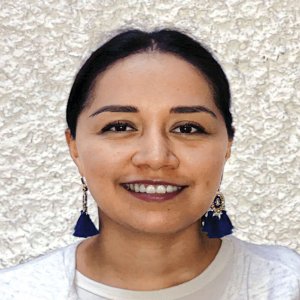
Looking for Universal Healthcare in Mexico
 By Miriam Bello | Senior Journalist and Industry Analyst -
Fri, 08/14/2020 - 12:21
By Miriam Bello | Senior Journalist and Industry Analyst -
Fri, 08/14/2020 - 12:21
The UN’s Sustainable Development Goals contemplate universal healthcare coverage. This not only includes having basic healthcare services available to the entire population but also addressing key healthcare matters such as prevention, reproductive and maternal health and neonatal and children’s health.
Mexico has made considerable progress toward universal healthcare. In 2010, 29 percent of the population lacked public healthcare services and in 2016 this number was reduced to 16 percent. This would also indicate that unemployment in the country reduced or that formal employment grew. The increase, however, was due to the creation of Seguro Popular, which has now been replaced by INSABI. Under the new terms of INSABI, Mexico should not have people without access to public healthcare services.
However, this presents another challenge for the country. Population numbers are different depending on each state and distribution of public services can vary radically from one to another. These particularities remain a strong barrier on achieving universal healthcare even if everyone has the right to access to it. Mexico’s rural areas normally lack even basic healthcare infrastructure, which is worsened by Mexico’s lack of medical specialists who normally work at major cities like Mexico City, Monterrey and Guadalajara.
The Mexican government realized this after introducing INSABI. To compensate it, the Ministry of Health announced a national recruitment for medical professionals and started to create strategies to promote specialization among the many doctors that Mexico already has. The government’s plan included economic incentives for doctors that were willing to work in rural or remote areas of the country. MBN interviewed experts on the subject to understand the viability of the initiative.
Gustavo Fernández de Loyola, Director General of Grupo Torre Médica, said this initiative has its pros and cons. “There are many doctors who are not doing what they studied. They are working in other fields, other industries. This new initiative could provide them the opportunity to move to rural areas and take up their profession again,” he said. “Having said that, many doctors want to continue studying and advancing throughout their career and will find it hard to pursue a high specialization in remote rural areas. A pay raise of a few thousand pesos is not going to motivate these people to move to the mountains.”
Rafael Caso, Medical Director of Ginequito, explained that the initiative could be effective if more matters were addressed. “The government needs to ensure professionals will have quality of life, ensure that they are working in a safe environment and that they have the equipment and infrastructure they require.” Caso also said that this measure could be fairer if doctors had a determined timeframe to stay at a certain location before being relieved by someone else. That way, they could still grow in their career.
Jorge Eugenio Valdez, Dean of the School of Medicine and Health Sciences of TecSalud, had a similar opinion to Caso’s regarding the need on proper infrastructure and equipment. “One of the biggest obstacles for doctors to work in rural areas is the lack of proper infrastructure to provide primary care. Doctors need to have the basic tools to provide dignified care, including equipment, facilities and communication channels to give and receive a consultation.” Thinking about doctor’s life and lifestyle is also important to have in mind. “Economic remuneration should also be enough to allow health professionals to have a good quality of life and the possibility to start a family,” said Valdez.













